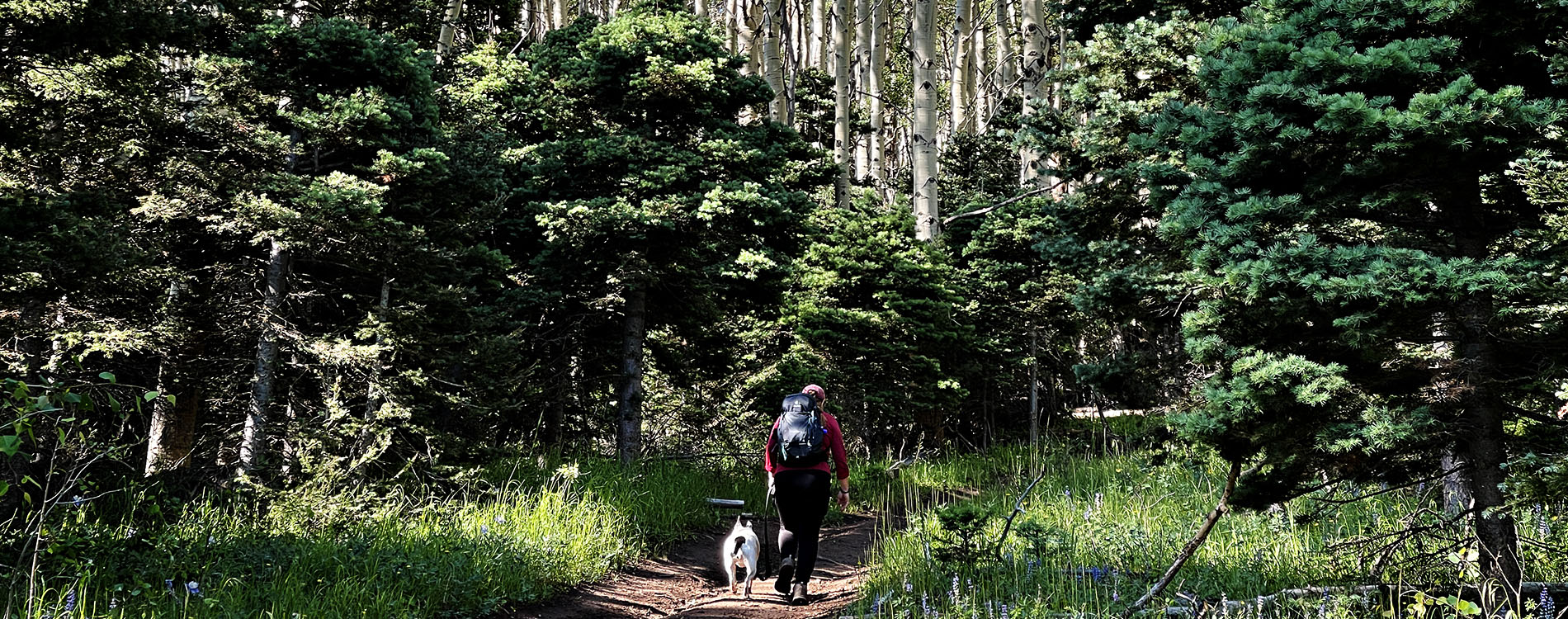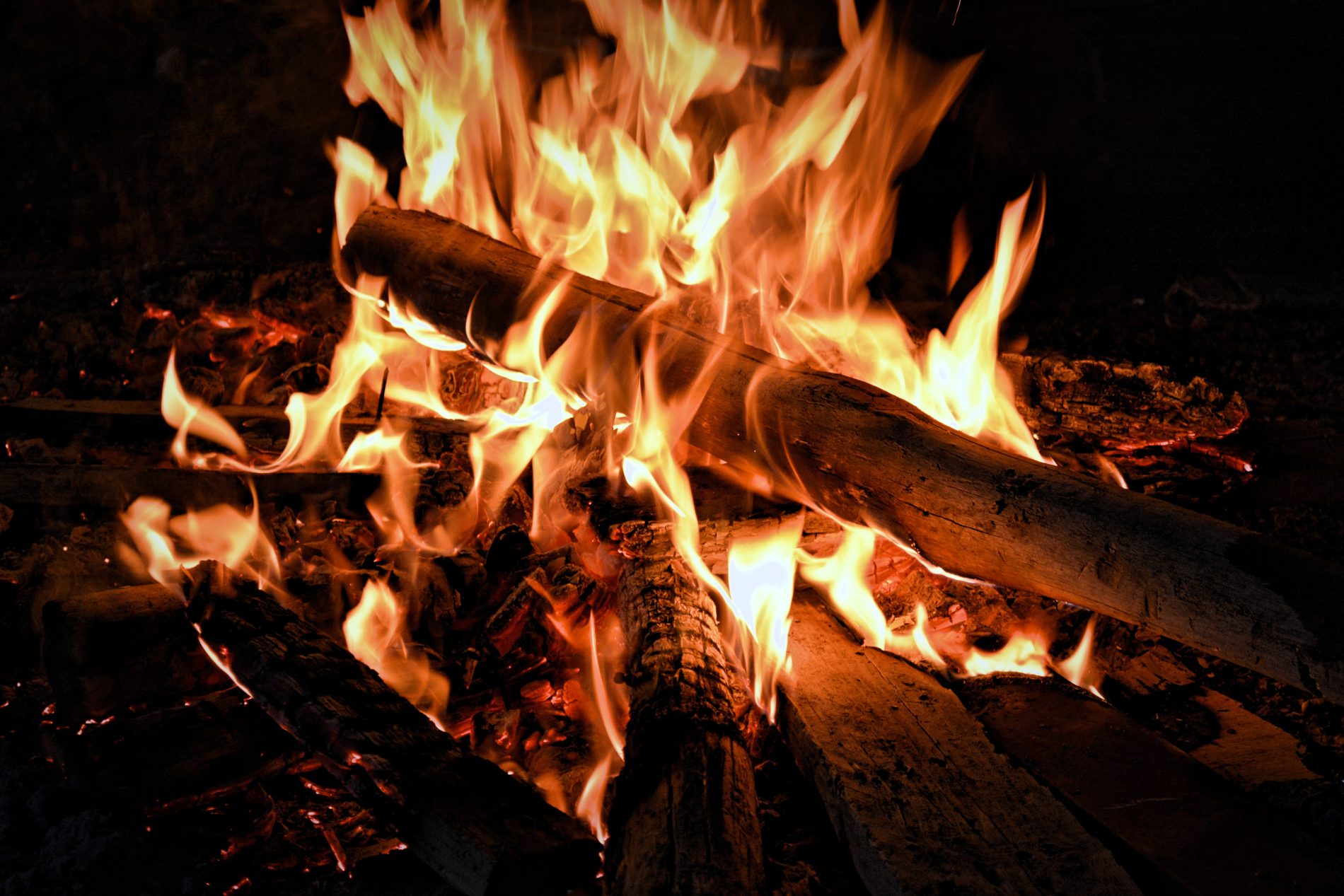No matter how it’s said, “where’s the bathroom?” is an important question, especially in the outdoors. Where there is no official bathroom, answering “the call” involves a bit of pre-planning, initiative and creativity.
There are four main reasons it’s important to think about how we go to the bathroom in the outdoors and ensure proper human-waste disposal:
- Minimize the chances of polluting water sources
- Minimize the spread of disease
- Minimize the chances of social impacts
- Maximize decomposition
Improper disposal of human waste can lead to water pollution, the spread of illnesses such as giardia, and unpleasant experiences for those who follow (you know it when you see it!).
So, where should I go?
The first thing to consider is slowing down to locate and use bathrooms, outhouses and other sites provided for goin’. These can sometimes be found at parking lots, trailheads and visitor centers. If no facilities are available, and packing waste out is impractical, deposit your poo in a cat hole.
You’ll need to plan to bring some tools along with you, so be sure to plan ahead and prepare and pack a trowel, toilet paper and hand sanitizer. Use the trowel to dig a hole 6 to 8 inches deep into soil and at least 200 feet (70 steps) from water, camp, trails and drainages. Disguise the hole with dirt and natural materials when finished. Pack out used toilet paper and wipes whenever possible. Otherwise, bury toilet paper deeply in the cat hole. Packing out your toilet paper leaves the least impact.
Check out this video for more info on how to build your own backcountry poop kit.
Why is a cat hole a great place for human poop?
The microbes found in soil 6–8 inches down from the surface will break down feces and the pathogens they contain, but in alpine regions where soils are thin and summer is short, this process occurs extremely slowly. Because of that, it’s key to locate your cat hole well away from water and places where other people may accidentally encounter it (no one wants that!).
And we’re not only talking poop here — think about Number 1 as well: Tinkle well away from water, campsites and other high-use areas where urine is likely to be concentrated and can stagnate.
Other important considerations:
Always pack out feminine hygiene products because they take years — if not decades — to decompose, and while they are breaking down, their odor attracts animals.
Make sure you wash your hands thoroughly after you embark on any of these bathroom adventures to prevent spreading disease through accidental contamination.
You should always pick up your pet’s poop with a baggie and pack it out to a trashcan.
A trash can may not be immediately available on the trail, so be prepared to carry it a short distance until you find one (you won’t be the only one totin’ your pet’s business along the trail). Remember, picking up pet waste and leaving it on the side of the trail for someone else to pick up is definitely less than Leave No Trace!
TEST YOUR POOP IQ WITH THE QUIZ >>
MORE ABOUT CARE FOR COLORADO >>
© 2020 Leave No Trace Center for Outdoor Ethics
Additional Information:
How to Pack Out Toilet Paper: DIY FOPO Bag >>
Group Poop: How to Dig a Latrine >>
© 1999 by the Leave No Trace Center for Outdoor Ethics: www.LNT.org
Leave No Trace Center for Outdoor Ethics P.O. Box 997
Boulder, CO 80304 303-442-8222 www.LNT.org






